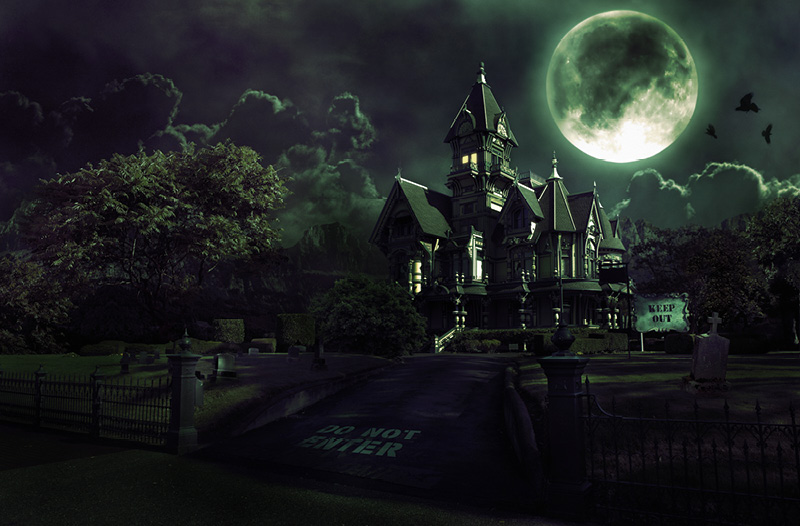
The Face of Evil

Chances are you’ve never heard of Billy Frank Weatherred. Known as “Billy the Kid” to his colleagues in the Aryan Brotherhood of Texas, a white-supremacist prison gang, Weatherred pled guilty in July to federal racketeering charges related to a litany of crimes so egregious they would have made the original Billy the Kid look about as menacing as Mary Poppins.
According to the U.S. Attorney’s Office for the southern district of Texas, Weatherred, who is 28, and other ABT gang members and associates “agreed to commit multiple acts of murder, robbery, arson, kidnapping and narcotics trafficking on behalf of the ABT gang. Weatherred and numerous ABT gang members met on a regular basis at various locations throughout Texas to report on gang-related business, collect dues, commit disciplinary assaults against fellow gang members and discuss acts of violence against rival gang members.” When he is sentenced on October 24, Weatherred faces a maximum penalty of life in prison.
More high-profile acts of domestic terrorism—the 1995 Oklahoma City bombing, last year’s shooting of six people at a Sikh temple in Wisconsin, this year’s bombing at the Boston Marathon—routinely grab bigger headlines than those committed by Weatherred and his band of prison-gang racists. But Mark Pitcavage, the director of investigative research at the Anti-Defamation League, says hate groups such as the Aryan Brotherhood and other extremist movements proliferate throughout the nation, routinely wreaking damage to both life and property.
“The United States is a large country, with 314 million people,” Pitcavage says. “Even the fringe of the fringe is still a lot of folks.”
The indictment that led to Weatherred’s prosecution accused three dozen people in the criminal enterprise run by the Aryan Brotherhood of Texas. Weatherred was the ninth defendant to plead guilty.
Some of the groups, such as white supremacists, target people, often racial minorities or gays or those who sympathize with them. Others, such as the Animal Liberation Front (ALF) and the Earth Liberation Front (ELF), target property, acts of particular concern to the insurance industry.
In testimony before the Senate Judiciary Committee in 2004, John Lewis, a deputy assistant director in the FBI, said the agency estimated that special-interest extremist groups such as ALF and ELF had committed “more than 1,100 criminal acts in the United States since 1976, resulting in damages conservatively estimated at approximately $110 million.”
In August 2003, an arson fire at a housing complex under construction in San Diego destroyed a five-story building and a 100-foot-high crane, causing an estimated $50 million in property damage. Investigators later found a banner at the site inscribed with the ELF acronym and the message: “If you build it, we will burn it.”
During the past two decades, according to the Anti-Defamation League, “radical environmental and animal rights groups have claimed responsibility for hundreds of crimes and acts of terrorism, including arson, bombings, vandalism and harassment.”
The groups sometimes target companies that do business with organizations that the groups oppose. Stop Huntingdon Animal Cruelty (SHAC), a group that sought to stop New Jersey-based Huntingdon Life Sciences from using animals in laboratory research, began harassing employees of the insurance brokerage Marsh because Marsh had business ties with Huntingdon Life Sciences. SHAC published the names and addresses of Marsh executives on the SHAC website.
According to the ADL, a dozen activists protested outside one executive’s home chanting, “What comes around goes around…burn his house to the ground.” Another Marsh executive, the ADL says, received a letter stating, “You have been targeted for terrorist attack.” By the end of 2002, Marsh severed its ties with Huntingdon Life Sciences.
Pitcavage says law enforcement authorities foil the majority of domestic terrorism plots before they can be enacted. But those that are successfully carried out, such as the Tsarnaev brothers’ bombing at the Boston Marathon finish line in April, can result in injuries, death and millions of dollars’ worth of damaged property.
“What everybody is afraid of is a huge, massive incident, like a weapon of mass destruction, a truck bomb, something that could level a city block,” Pitcavage says. “Obviously the insurance costs could be extraordinary. The good thing is that large incidents like that are extremely rare.”
Extremists Lineup
The Anti-Defamation League—founded 100 years ago, it’s one of the nation’s oldest civil rights organizations—has identified five groups as the most active extremist movements in the United States:
- White Supremacists. The five leading groups are neo-Nazis, racist skinheads, racist prison gangs, the Ku Klux Klan, and Christian Identity, a religious sect that believes the Bible was written exclusively for white people and Jews descended from Satan.
- Patriot Movement. This is a broad term that refers to three extreme anti-government factions: the militia movement, the Sovereign citizens movement and the tax protest movement. According to the FBI, “Sovereign citizens are anti-government extremists who believe that even though they physically reside in this country, they are separate or ‘sovereign’ from the United States.” These days, Pitcavage says, the sovereign citizens movement is “surging.”
- Domestic Muslim Extremists. The newest of the five, this group is not part of an extended network. Among its practitioners are Nidal Malik Hasan, the U.S. Army major who was convicted of shooting to death 13 service members at Fort Hood, Texas, in 2011 and was recently sentenced to death.
- Left-Oriented, Single-Issue Movements. These movements include animal rights extremists, such as the Animal Liberation Front, and environmental extremists, such as the Earth Liberation Front.
- Right-Oriented, Single Issue Movements. This is a smaller but still active group that includes anti-abortion extremists such as Scott Roeder, who in 2010 was convicted of murdering George Tiller, a Kansas doctor who performed abortions. Roeder supporters maintain a website (“Scott Roeder—American Hero”) that offers readers an opportunity “to send a thank you to Scott Roeder for stopping that babykilling abortionist George Tiller from murdering any more innocent children.”
While the violent and destructive campaigns carried out by these extremists may seldom make national news, hundreds of such splinter groups remain active, a constant reminder of the threat of domestic terrorism. An ADL report on the ecoterrorist movement, for example, underscored the difficulty of deterring such groups and the likelihood of future attacks.
“Unlike racial hate groups with established hierarchies and membership requirements,” the report said, “an activist can become a member of the ecoterror movement simply by carrying out an illegal action on its behalf. “While post-September 11 discussions of terrorism tend to focus on Islamic threats, ecoterrorist attacks continue to occur around the country and pose significant problems for law enforcement officials. It is unlikely that this movement will disappear any time soon.”
|
Read More
Terrifying Future Going naked on terrorism coverage is a good possibility. What Are the Odds? A lone wolf extremist has the best chance of destroying lives and property. |




